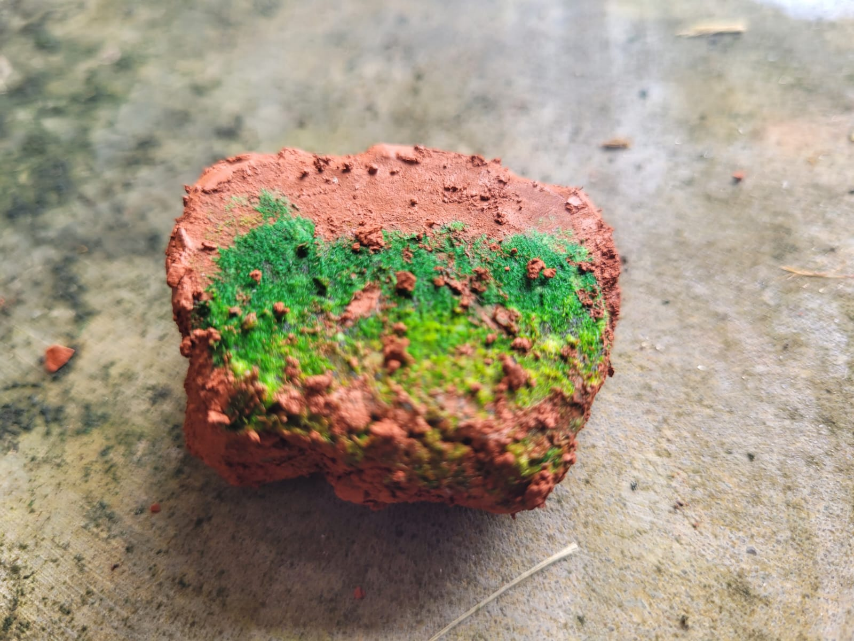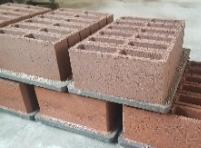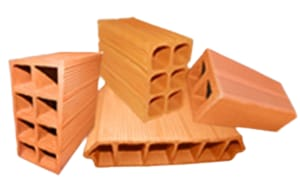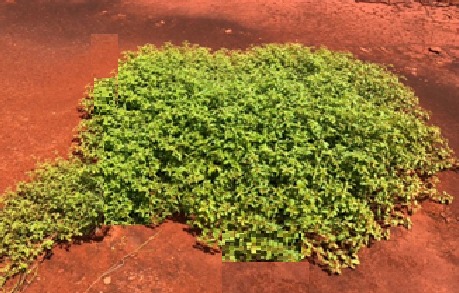Language
Language
Bauxite is an aluminum ore widely mined worldwide. The production of aluminum from bauxite results in a by-product known as "bauxite residue" or "red mud", by the Bayer process, which is mainly composed of iron oxides, silicon dioxide and aluminum oxides not extracted during the process of production. Bauxite waste is usually stored in dumping areas and these piles can occupy large areas of land and often have projecting heights which can pose an environmental risk if not designed safely.
The biggest problem with bauxite waste is that it is highly alkaline and contains heavy metals, which can cause environmental damage if not stored in properly prepared places. Solving the red mud problem is a complex challenge, but there are some solutions that can help minimize the negative effects of this waste in the cement, concrete, asphalt, geopolymer, fiber cement, fertilizer, biodegradation, bioremediation and ceramics sectors. Although the aluminum industry has made great advances in the management of bauxite waste over the last few decades, there are still challenges to be faced. Recycling and the use of more efficient technologies can help to reduce the amount of waste produced and minimize the environmental impact of aluminum production.
In addition, it raised awareness of the need for proper management of bauxite residue, encouraging companies to adopt more practical practices in their operations.


Bauxite residue can also be used in the cement industry as a partial substitute for clinker, which is the main component of cement.

Bauxite residue can be used in the manufacture of concrete as a partial replacement for Portland cement.

Bauxite residue can also be used in the production of ceramics as an alternative to traditional materials such as feldspar, kaolin and quartz.

In the context of bauxite waste, it is possible to explore biotechnology to deal with this waste in a sustainable way.